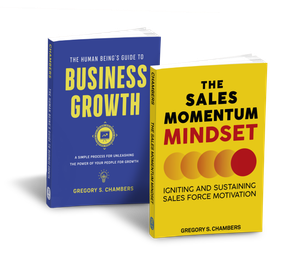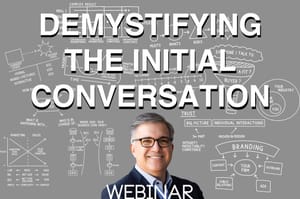SPECIAL: Covid-19 Strategy and Planning

A Special GRFN - #218-b on strategy and planning today
"There's something happening here
What it is ain't exactly clear." - Buffalo Springfield
After the last newsletter, one of you reached out and asked if I would share more from the conversations I've been having about COVID-19. At the risk of coming across like the Wing-Stop email I just got (wait, I went to WingStop? They have a COVID-19 policy?) I'll share some information. The details of my meetings won't be helpful, but you may benefit from a few high level takeaways across organizations.
I'll split this into two sections: big ideas and specific topics they're focusing on. I'd say there have been two big ideas and four topics.
BIG IDEAS
First big idea, everyone I worked with last week is treating this as a serious threat/opportunity for their people/business. Yes, we spent an inordinate amount of time working through various political views, debating big vs. small government ideas, and other strong reactions, but in the end, everyone agrees something is happening.
The best sessions were the ones where participants rid themselves of the desire to be "right," and focused on the process of making better decisions. The old fable "the perfect is the enemy of good" is right on.
Each group was different but this is the rough framework/continuum each group ended up using for my strategy exercises.
- It could be mild: US contains it, it behaves like a new flu, we recover this summer and it becomes a new seasonal norm. Pent up demand released by year end.
- It could be a broad slowdown: US struggles to contain it, it's a more deadly flu, recovery is slow. Demand is altered going forward.
- It could be a panic: US can't control it, the virus continues through the summer, consumer confidence is shattered. Demand gets rewritten.
Each group put themselves somewhere on the continuum and we used that scenario as a starting point.
Second big idea, everyone I work with is focusing on preventative actions versus if/then contingencies. The old adage, "an once of prevention is worth a pound of cure" holds true. Prevention costs way less in the long run.
What can you with this? For your in-house use, start with a simple grid with 3 to 5 scenarios like the ones above. It helps keep everyone on track. Focus on detailed preventative actions inside a single scenario, then go back and talk about the other scenarios in less detail. Evidence will be hard to find, but you can talk about where it might show up.
When conversations sidetrack into politics, blaming, conspiracies, and other topics, put those up on a separate board. It's the parking space for issues too big or out of our control. Don't get bogged down in philosophical issues. Your people need a decision framework to apply to rapidly changing information.
SPECIFIC TOPICS
The big ideas gave us a playing field to orient the specific planning topic conversations. With the big ideas in mind, conversation specifics focused on four main topics/buckets:
- Employees - uncertainty kills productivity.
- Liquidity - your money people need to hear from you and you need to hear from them.
- Increase communication with suppliers and customers - now is not the time for guessing. Get evidence. Not all your suppliers or customers are thinking the same way.
- Long term vision - is it time to change your long term vision? How will you know? Either way, how do you keep plans flexible, just in case?
As I write this I'm reminded of a conversation with a commodity trading friend from years ago. I ask how business is going and he says, "Greg, when things are good for everyone, it's bad for me. I need volatility. It's hard to make money when nothing is happening."
Some of you read that and shudder. Others nod your head in agreement. My advice, don't think twice about which reaction is right. You know your risk profile. Stick to it. No one knows what's going to happen to your business, so focus on your big categories: your employees, your funds, your customers/suppliers, and double-check plans against your long term vision.
As always, if you have questions/comments/concerns, or want to get into specifics, feel free to reach out.
You've got this!
Greg
If you need to set up a time to visit, follow this link:
https://calendly.com/chamberspivot/





